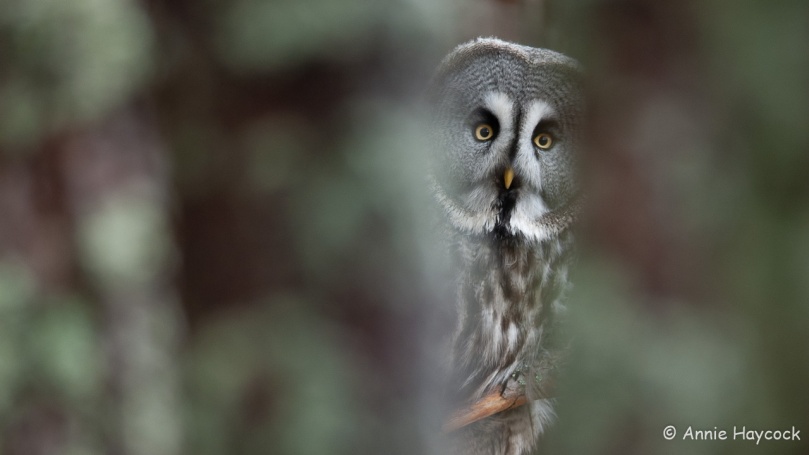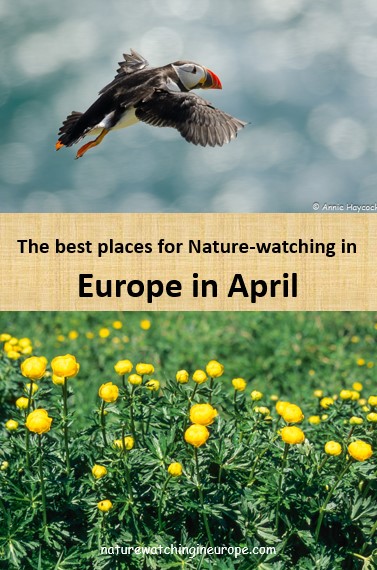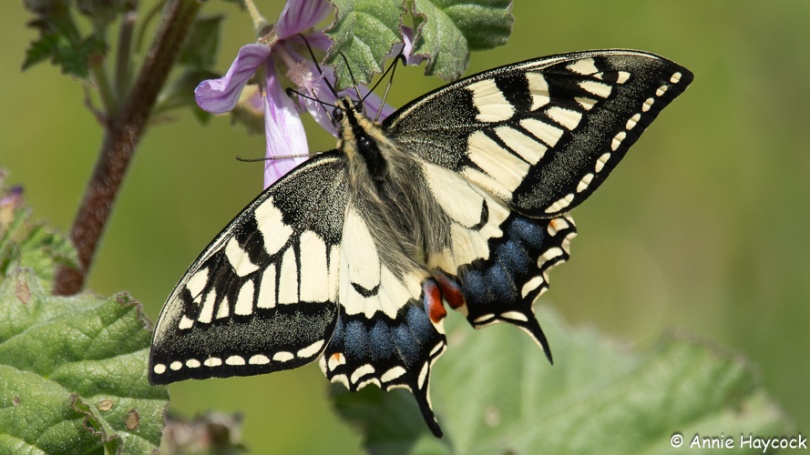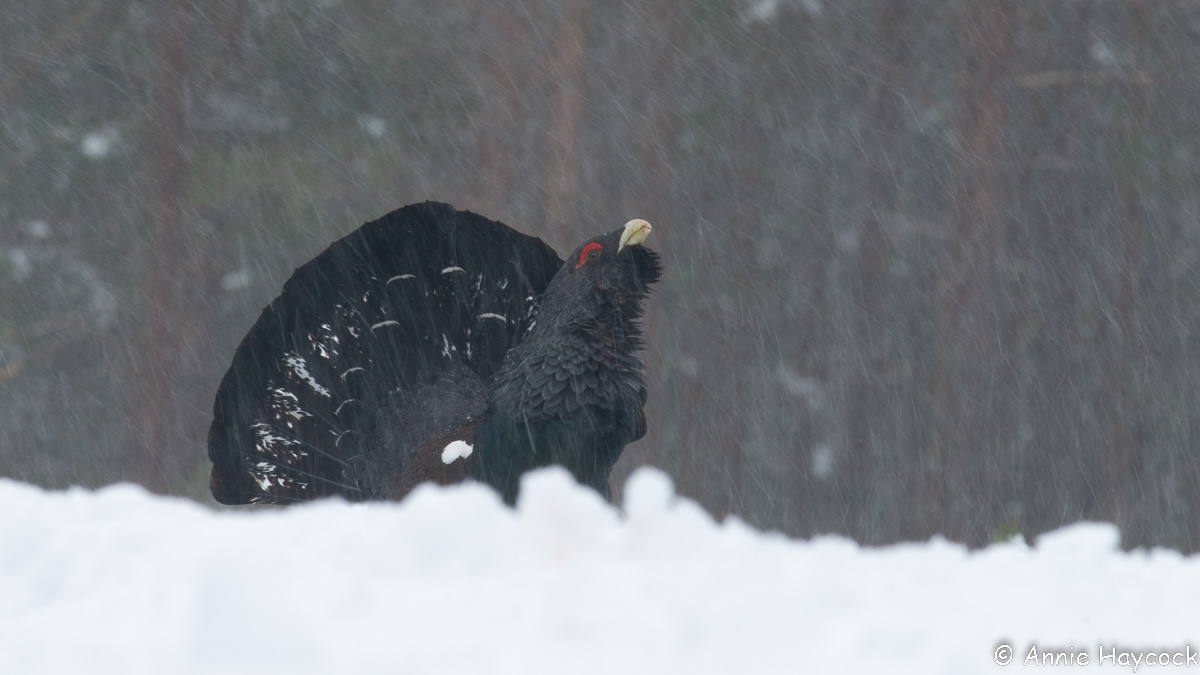
Disclaimer – I have no connections with these tour companies. However, as their websites have provided me with useful information, the least I can do is mention them.
This page may be updated and added to at any time.
Bulgaria
The winter birds are now all long gone north, and in April the summer visitors are arriving – along with a few migrants passing through, especially along the Black Sea Coast. The main Bulgarian companies all offer birding trips either in a small area or a longer trip encompassing the whole country.
Branta-tours will show you south-eastern specialities including Dalmatian and White Pelicans, Pygmy Cormorant, Ruddy Shelduck, waders, seabirds, (including the desmaresti sub-species of Shag), 20 species of Raptors and too many others to list, so check the tour webpage.
The Pelican Birding Lodge has a variety of birds on their doorstep and, later in the season, other creatures, whether you stay at the lodge and take occasional guided day trips, or do an organised tour with Pandion Tours.
Wild Echo add a week of early spring birding in search of Hazel Grouse and Rock Partridge – two of the most elusive bird species in Europe, plus woodpeckers and many migrants
Neophron provides bird tours, but also have an April tour designed to introduce you to a wealth of beautiful coastal and low mountain wildflowers, many of which endemic to the Balkan region. The tour starts from the northeastern corner of Bulgaria – with the last remnants of the Great Steppe at Coastal Dobroudzha and the sea cliffs around Cape Kaliakra. The kaleidoscopic hues of wild peonies, irises and adonises in spring create the special appeal of this area. The tour continues south to the Pobiti Kamani – a unique site covered by surface tertiary sands with standing stone columns. Next is Sinite Kamani (The Blue Rocks) Nature Park, on into the ‘Eastern Rhodopi mountains and finally the Strandzha Mountain on the Turkish border. There are too many plants to list here, so best look at the tour webpage

Cyprus
Cyprus has long been recognized as an outstanding place to see migrants as they move through the Eastern Mediterranean basin. Pipits, wagtails, buntings and shrikes pass through in big numbers and it is also an excellent place to find Black Francolin.
The best places include the beautiful Dhiarizos Valley which provides a hunting ground for migrant Pallid Harrier and various other northbound migrants, and the foothills of the Troodos Mountains where several distinctive island subspecies can be found. Wetlands provide refuge for waders, herons and other reedbed species, and headlands are great spots to find migrants massing along the coast prior to their departure towards Turkey. Ruppell’s, Eastern Orphean, Eastern Subalpine and Spectacled Warblers, Marsh Sandpiper, Siberian Stonechat, Armenian Gull, Greater Sand-plover, Masked Shrike, Red-throated Pipit, Bimaculated Lark, Little Crake, Little Bittern, Squacco Heron and Cretzchmar’s Bunting are just some of the migrant birds that may be present. You could expect to see approximately 130 species in a week here. There are also two endemic species – Cyprus Warbler and Cyprus Pied Wheatear, that you won’t see anywhere else.
England
On the east side of the country, Norfolk is worth exploring, as thousands of birds hurry northward to their breeding grounds as far away as the Arctic Tundra. Going only a short way inland you should find Nightingale, Eurasian Spoonbill, Ring Ouzel and Grasshopper Warbler, and the possibility of rare or uncommon species such as Hoopoe, Wryneck, Woodchat Shrike, Alpine Swift, Red-rumped Swallow, Black Kite, Citrine Wagtail, Purple Heron, Temminck’s Stint and many more! A bit further inland, a visit to the Brecks where we can find Stone Curlew, singing Firecrest, Woodlark and sometimes Hawfinch and Northern Goshawk too, while the woodlands resound to spring birdsong.
In Devon and West Cornwall you can enjoy a mix of migration-based birding, among the secluded valleys and headlands of the Penwith district, with some top breeding birds on the fringes of Dartmoor. The varied habitats include woodland for birds such as Pied Flycatcher and Redstart, newly arrived at their breeding grounds. There is also a chance of Lesser Spotted Woodpecker and Cirl Bunting, as these species are doing very well in this part of Devon. Given the right weather conditions, migrants could overshoot their Mediterranean breeding grounds, adding the possibility of Hoopoe, Red-rumped Swallow, Glossy Ibis, Ortolan Bunting, Eastern and Western Subalpine Warblers and you could perhaps notch around 120 species. All of this against a backdrop of stunning scenery in a county where Spring arrives early.
The Isles of Scilly off the south-western tip of Cornwall are often considered the ultimate place to look for rare birds on migration. It seems almost anything can turn up in April-May and August-October.
Estonia
In April the migration is getting stronger every day and then there’s the chance to see new arctic species such as the Greater Scaup, Common– and Velvet Scoter, different Loons, Geese, and Swans. In the meantime, new and new nesting birds are arriving. April is also the best time for spotting woodpeckers, owls, and Galliformes.
April is a good time to see forest birds such as nutcracker, woodpeckers, capercaillie, hazel grouse and various owls. There are still lots of waterfowl around – Bewick and Whooper swans, geese, ducks – perhaps including the last few Steller’s Eider before the last stragglers fly north. Resident songbirds are claiming their breeding territories. It can also be a good time to see elk (moose), as the previous year’s male calves are evicted from the herd and have to find their own way in life. The elusive European lynx is most likely to be seen at this time of year.
April is also the best time for spotting woodpeckers: White-backed Woodpecker, Three-toed Woodpecker, Black Woodpecker, Lesser-spotted Woodpecker, and Grey-headed Woodpecker. In the evening, there’s a chance to see or hear the Pygmy Owl, Ural Owl, or Tengmalm’s Owl. Black Grouse are already on their lekking grounds and Western Capercaillies and Hazel Grouses are just starting to. April is also a good month for Elk spotting.
The botanical season also starts in late March, often before the snow has melted you can find Mezereon Daphne mezereum, Dwarf Milkwort Polygala amarella, Spring Vetchling Lathyrus vernus, Marsh Marigold and Toothwort Lathraea squamaria in flower. In dry calcareous meadows you can see Cat’s foot Antennaria dioica, Pygmyflower Rockjasmine Androsace septentrionalis, Small Pasque Flower Pulsatilla vulgaris, Bird’s Eye Primrose Primula farinosa and Globe Flower Trollius europaeus.

Finland
It is now spring in southern Finland, and in late March the snow starts to melt. However, in the north it is still winter and the snow cover gets deeper and deeper. If it is sunny and clear, the days can be relatively warm but nights are still freezing. Temperatures vary between -15 to +5 °C in March and April.
In the south, thousands of lapwings and skylarks, and other early migrants are slowly making their way north. Geese and Whooper Swans arrive perhaps getting as far north as the Oulu region.
March to early April is the best time to listen for owls. If there are a lot of voles in the area, it is possible to hear several owls during the night. So, try driving along the dark roads and stop every now and then to listen.
France
Southern France can be good for butterflies – more information here
Gibraltar
The migration of many bird species continues in good numbers and the first specimens of other later species, such as the Hobby and the Honey Buzzard appear, this last one especially by the end of April.
Greece
On Rhodes, at least half of the island’s 70+ Orchid species are in flower in April – including endemic and regional species such as Ophrys colossaea, Ophrys oreas, Ophrys lucis, Ophrys regis-fernandii, Ophrys candica, Ophrys cretica ssp. beloniae, Ophrys attaviria & Ophrys reinholdii. Many of the other 1500 plant species on this small island are blooming, including rare & endemics such as the Rhodes Peony & Rhodes Fritillary.
Along with the flowers, the spring butterflies are out in force – such as Green Underside Blue, Long-tailed Blue, Large Wall Brown, Eastern Festoon & both Scarce and European Swallowtail (top photo). And then there are the birds – such as Long-legged Buzzard, Woodchat Shrike, Crested Lark, Lesser Kestrel, Alpine Swift and Crag Martin
Crete boasts one of the most diverse floras in Europe, with over 1,600 species of flowering plants, 139 of which are endemic. But there is plenty of other wildlife there too.
Crete in Spring
My first experience of being part of an organised trip was back in 2002, when I went as a driver on a natural history holiday to the Greek island of Crete.
The village of Kalloni, on the southern coast of Lesvos provides a base for exploring the whole island, which lies just ten kilometres from Turkey in the Eastern Aegean Sea. Its geographical location and rich variety of habitats make it an important stopping place for migrants from both east and west. Birds, butterflies and botany are right there on the doorstep. Kruper’s Nuthatch, Ruppell’s Warbler, Western Rock Nuthatch, Rufous Bush Chat, Cinereous Bunting and Sombre Tit are already breeding, while each day brings waves of Spring migrants on their way north into Turkey – Icterine Warbler, White-winged Black Tern, Masked Shrike, Eastern Olivaceous Warbler and Levant Sparrowhawk among some of the expected species. Birdwatchers can expect to see 150 or more species.
The Greek mainland is also good at this time of year. In the Nestos Valley, a bit of searching should reveal the False Apollo – one of the most beautiful and rare butterflies in Europe! Read more about this and other April butterflies here
On the gorgeous Pelion Peninsula, an abundance of wildflowers grows within a short stroll along a “kalderimi”, or mule track. In spring there is a profusion here of Mediterranean favourites, including Cistus, asphodels and spurges. There is also a remarkable variety of orchids – 52 species have been recorded on the Peninsula.
Lake Kerkini also lies in the north of Greece, only one hour’s drive from the city of Thessaloniki. In spring, this rich wetland area is on a major migration flyway for vast numbers of birds heading north to breed in Eastern and Northern Europe, and as such offers some fabulous birding opportunities without the crowds of some of the better-known island destinations. Amongst the breeding species, there breeding colonies of all the European herons and egrets, Glossy Ibis and Dalmatian Pelicans, which you can get close to from a boat trip on the lake. Pygmy Cormorants can be found in large numbers and muddy margins can host a range of passage species such as Marsh, Terek & Broad-billed Sandpipers, Temminck’s Stint, White-winged Black and Whiskered Terns and Collared Pratincole. Passerine migration will still be underway and can include Black-headed Bunting, Icterine, Great Reed, Eastern Subalpine, Wood and Eastern Orphean Warblers. In the mountains, you also have an outside chance of catching up with one or two scarce species such as Spotted Nutcracker, Semi-collared Flycatcher and Rock Partridge.

Iceland
The best time for birdwatching is generally between mid-April and the end of June. This is the time of the year that sees the most bird species in Iceland, and the long daylight hours give visitors ample time to admire them. The ones to look out for are:
- Puffin (photo above)
- Harlequin Duck
- Barrow’s Goldeneye
- Gyrfalcon
- Brünnich’s guillemot (also known as thick-billed murre)
Most tours in April, however, focus on the Northern Lights. After the end of April, the nights are becoming too light to see them easily.
Nature-watching day tours in April
Italy
The Gargano in southern Italy is considered to be one of Europe’s finest natural rock gardens. Not only flowers, but also spring butterflies such as the Southern Festoon, Cleopatra and Provence orange tip
Norway
Trondheimsfjord – You are almost guaranteed sightings of species such as Red-throated Diver, Black-throated Diver, White-billed Diver, Slavonian Grebe, Pink-footed Goose, Whooper Goose, King Eider, Capercaillie, Black Grouse, Hazel Grouse, Willow Ptarmigan, White-tailed Eagle, Crane, Three-toed Woodpecker, Black Woodpecker, Pygmy Owl, Crested Tit, Siberian Jay as well as a hundred other common species.
Poland
The Bieszczady National Park provides prime habitat for Bison, Wolf and the elusive Eurasian Lynx. There are some special birds here too, such as Hazel Grouse, Nutcracker and an array of owls (Tengmalm’s, Ural & Pygmy Owls are all possible) and woodpeckers (White-backed, Black & Grey-headed). Note that special permits are required for access to the best areas and a guide is recommended.

Portugal
From the cliffs, dunes, saltpans and heaths of the Algarve to the Cork Oak forests of the Monchique Hills and the wide open grass plains of the Alentejo, there is much to be seen in southern Portugal in April.
- Explore the region’s Cork Oak forests, steppe grasslands & abundant coastal habitats
- Great and Little Bustards, Iberian Magpies (photo above) & Black-winged Kite
- Bee-eaters, Rollers, shrikes, larks & more
- Peonies, cistuses & numerous orchid species
- A wealth of reptiles, butterflies & other insects
Scotland
- Breeding Osprey will have returned and the lochs will host displaying Common Goldeneye and maybe Goosander. Crested Tits are busy in the pines and Red Squirrel can also be seen.
- Lochs and Glens such as the grand Findhorn Valley, secluded Strath Conon and sparkling Loch Ruthven offer wonderful birding opportunities and the mighty Golden Eagle is a key target, Hen Harrier, Merlin, Peregrine, Raven and Common Buzzard also ride the mountain updraughts and along gushing rivers Dipper and Grey Wagtail can be seen.
- Red Grouse frequent the moorland areas and lochs support breeding Red and Black-throated Divers in breeding plumage. Perhaps a White-tailed Eagle or breeding plumaged Slavonian Grebe might be seen, and Mountain Hare are often observed by the roadside.
- Along the Moray coast, bays and harbours are good places for passage ducks and grebes. Common and Velvet Scoter, Great Northern Diver, Black Guillemot, Long-tailed Duck, Scaup and Red-breasted Merganser can be found while Purple Sandpipers frequent rocky outcrops and both Glaucous and Iceland Gulls are sometimes noted around the fish quays.
- Lekking Black Grouse (photo below) uttering their bubbling calls at dawn, Rock Ptarmigan displaying over the mountain slopes of Cairngorm, dainty Snow Bunting and elusive Ring Ouzel on the crags and Red Deer in the glens are just some of the other wildlife experiences we can expect on this Speyside Spring birding tour.

Spain
Andalucia – April wildlife in the Sierra de Grazalema starts with some bird species returning from their wintering grounds and many passing northwards to their breeding grounds. The first newborn Spanish Ibex take tentative steps across the rocky terrain whilst streams and permanent ponds are full of spawn and larvae of amphibians. Many snakes and lizards are out of hibernation and hungry for a snack! Learn more about the plants, birds, mammals, etc to be seen this month at the Grazelema guide website.
A trip to the Spanish Pyrenees should reveal an exciting range of localised and rare butterflies, including Spring Ringlet, Spanish Greenish Black Tip, Iberian Sooty Copper, Provence Orange Tip, Panoptes Blue & Spanish Fritillary – more information here
The wonderfully bird-rich region of Extremadura is not yet too hot for comfort. A good range of birds will be settling in to breed in a variety of habitats from the undulating, sun-drenched steppes and shimmering plains to the oak-forested hills of Monfragüe National Park. Great bustards, sandgrouse, black-shouldered kites, harriers, black vultures and black storks are amongst the treasures here.
The Mediterranean island of Mallorca provides a pleasant and easily accessible to enjoy spring migration:
- Enjoy Hoopoe, Bee-eater & Nightingale plus migrating waders, swallows & martins
- Look for Black-winged Stilt, Sardinian & Cetti’s Warblers, S’Albufereta Marsh
- Balearic Woodchat Shrike, Balearic Warbler & Wryneck are possible in the Bocquer Valley
- Griffon & Cinereous (Black) Vultures are seen regularly at the Cuber Reservoir
- Visit the Formentor Peninsula in search of Scopoli’s & Balearic Shearwaters
- Western Swamphen, Marbled Duck & Pied Avocet among highlights at Albufera Marsh
More Nature-watching Calendars
Best places for wildlife in March
A round-up of some of the best places for nature-watching in Europe in March.
Best places for wildlife in February
Updated 30/12/2023. Europe can be as fascinating for wildlife in winter as it is in the warmer months. Here are some ideas on the best places to go in February
Best places for wildlife in January
Europe can be as fascinating for wildlife in winter as it is in the warmer months. Here are some ideas on the best places to go in January






Thank you for sharing so many places for nature-watching in Europe. I really like to spend my time in nature, observing everything!
LikeLike
I hope you will be able to visit some of these places. Observing nature is a wonderful pastime.
LikeLike
Hello Annie,
I read your posts from time to time and it is always nice to see your experiences either at some of our partners places (like eg. Naturest) or at an area which is not known by us.
Once we would be happy if you could visit our place, Kondor Ecolodge in the Kiskunsag National Park, Hungary. Till that happens please visit the lodge’s website at http://www.kondorecolodge.hu We are open generally from each May till October and than we migrate as strange birds to Latin America. Generally we lead tours in Costa Rica but sometimes to other top wildlife destinations as well. For all those tours we have this website http://www.ecotours-worldwide.com
Hope to have you as a guest sooner or later, All the best Gabor and Andi Your hosts and guides at Kondor Ecolodge
LikeLike
Thank you for reading and commenting. You will be please to know that the Kondor Ecolodge is high on my list of places to visit, and I will email you soon about that.
LikeLike
Thanks Annie, great to hear it! Please write directly either to me at ecotoursgabororban@gmail.com or kondortanya@gmail.com
All the best
Gabor and Andi
LikeLiked by 1 person